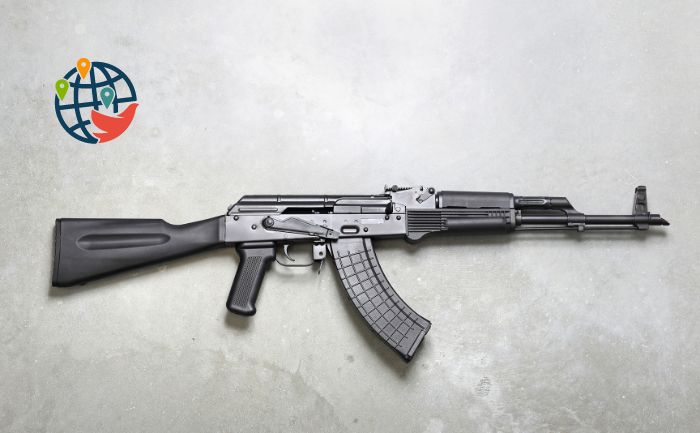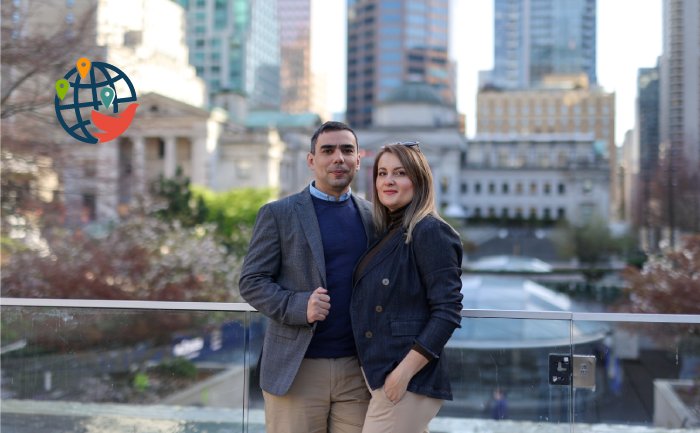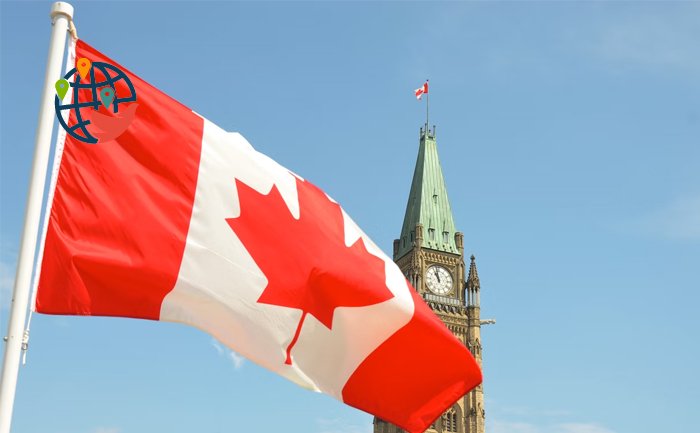In Canada, CAD 390 million will be allocated to fighting organized crime

The Ministry of Public Safety is determined to tackle this issue.
On Monday, the federal government of Canada announced that it will allocate $390 million CAD to provinces to combat organized crime and gun-related crimes. The latter are referred to in English as "gun violence." This is the general term for a group of crimes that include murder, causing grievous bodily harm, extortion and intimidation, robbery, and organized crime involving the use of firearms.
The decision was announced by Minister of Public Safety Marco Mendicino. The funds will be allocated gradually over a period of 5 years. The plan to combat organized crime and illegal firearms has been under development and implementation in the country since 2017, but now it is time for decisive action.
According to Public Safety Canada, the number of gun-related homicides in Canada has been steadily increasing in recent years. In 2020, there were 277 such homicides, which is 16 more than the previous year.
The Ministry of Public Safety claims that cases of banditry are also increasing. Since 2013, the number of gang-related homicides in Canada's largest cities has nearly doubled. According to the department, of the 743 murders in 2020, 20% were linked to organized crime or street gangs. Compared to Canada's population and the amount of crime there, this is not a significant number. However, local authorities are concerned about the trend of gang formation and the abuse of firearms. Criminal gangs are dangerous not in terms of quantity but in terms of the quality of their crimes. A small but well-armed and aggressively oriented gang can terrorize an entire city. The government intends to suppress the phenomenon of banditry in its infancy so that Canada remains a peaceful country.
The Liberal Party has also introduced Bill C-21 to Parliament, aimed at banning the sale of certain types of firearms to civilians and overall making it more difficult to obtain firearms. It has already caused dissatisfaction among gun owners, but the Ministry developed it in cooperation with firearm manufacturers, hunters, and representatives of Canada's indigenous peoples. It is not possible to completely ban the sale of firearms without putting the latter at risk: some Inuit and Cree Indians hunt for survival, and it is their main source of food and income. The government's goal is not to ban civilians from owning firearms, but to make it more difficult to obtain the most dangerous models and "remove them from the streets". In particular, civilians will no longer be able to purchase assault rifles. This includes, for example, the well-known Kalashnikov automatic rifle. Gun enthusiasts are outraged, while public safety experts rejoice: such powerful weapons belong in the hands of the military. Civilians will be able to get by with pistols for self-defense and rifles for hunting.
The full article is only available to members of the Immigrant.Today community. Log in to your account to read it for free.















